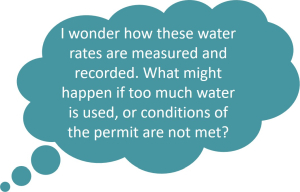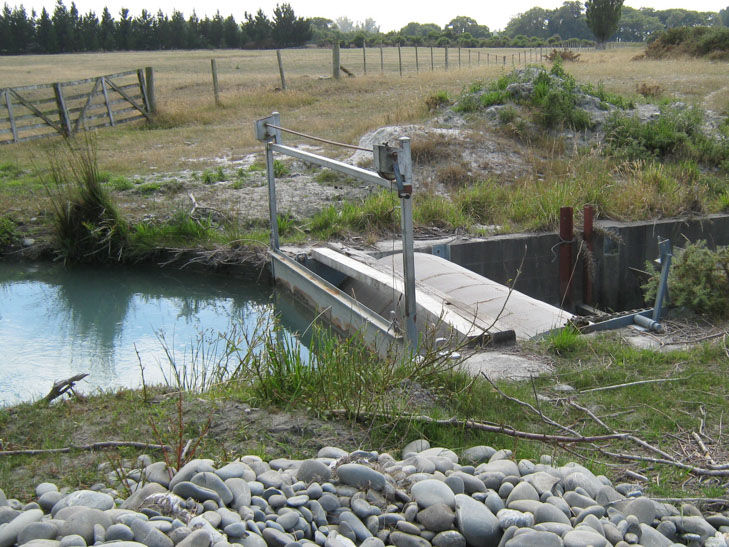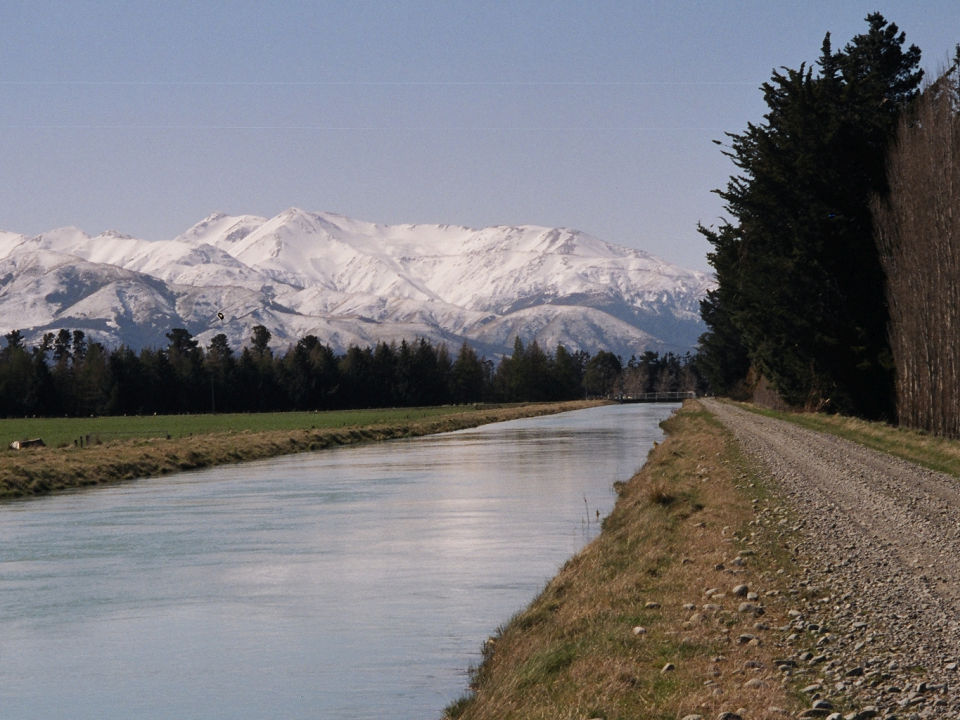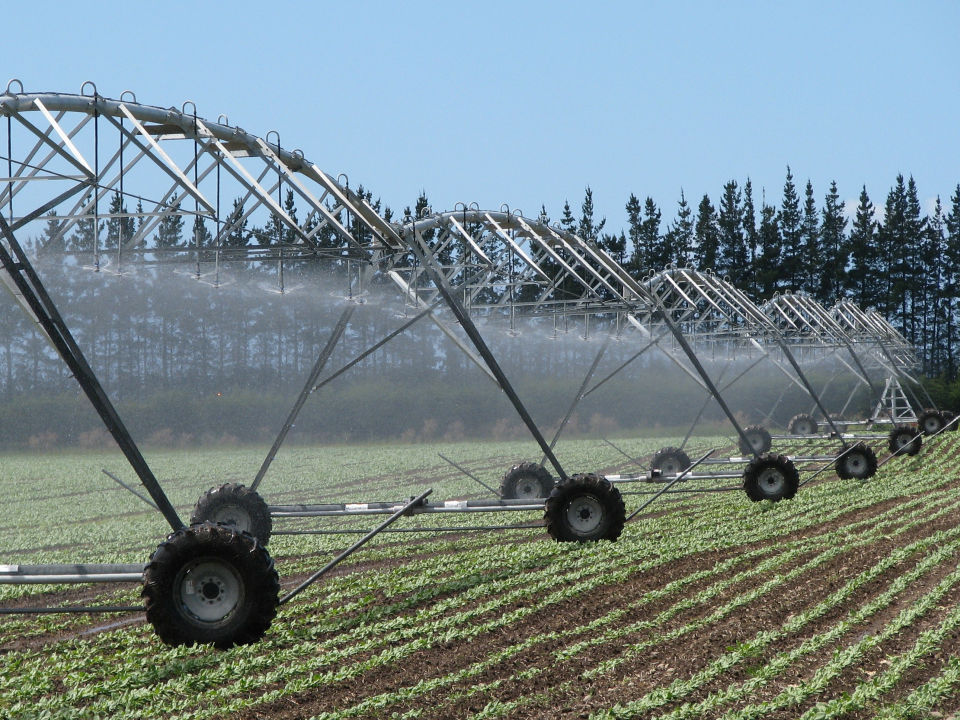1. Get a permit
Farmers and growers who want irrigation first need a permit. This is also known as a consent. It allows an irrigator to take water.
Certain conditions for each site need to be followed. For example, a fish screen might be needed before water can be removed from a river. A fish screen protects fish by keeping them out of water intakes.
- More on fish screens -https://ecan.govt.nz/get-involved/news-and-events/2017/fish-screens-what....
All takes from New Zealand rivers have a ‘minimum flow‘. A minimum flow is the lowest level a river can drop. Water needs to be at a certain level to maintain life in the river. When a river’s flow drops below a certain level the water take must stop.
- Watch this Environment Canterbury video on river flows and irrigation - https://www.youtube.com/watch?v=Gm47hzarw6I.
A farmer may want to use groundwater. The permit will depend on how much groundwater is available to supply a new activity. The permit also says how much water can be taken and what the water is to be used for.

2. Collect and distribute water
The water is collected and distributed to the land. Irrigators take and store water in different ways:
- Groundwater via wells – water gets pumped from groundwater via a well.
- River via pipes or channels – water gets pumped or moved using gravity from the river.
- Large scale storage – water gets pumped or moved via gravity into a large dam or human-made reservoir.
- On farm storage – water gets pumped or moved via gravity into a small storage pond on the farm.
- Piped systems – water moves through an underground network of pipes.
- Open channel systems – water gets moved through human-made waterways.
Irrigation schemes
More than half of New Zealand's irrigation water comes through irrigation schemes. An irrigation scheme gives water to a group of water users, either through pipes or open channels. The largest irrigation scheme in New Zealand is the Rangitata Diversion Race (RDR).
3. Apply the water
The last step is irrigating the land. There are different technologies and irrigator types.
Ways a farm can irrigate:
- Centre pivot and linear move irrigators
- Traveling irrigators
- Spray lines and long lateral
- Solid set sprinklers
- Dripline
- Micro sprinklers

- Ready for a quiz? Try the How Irrigation Works activity.







